Rio’s Olympic Festival in the Streets
Rio’s Olympic Festival in the Streets
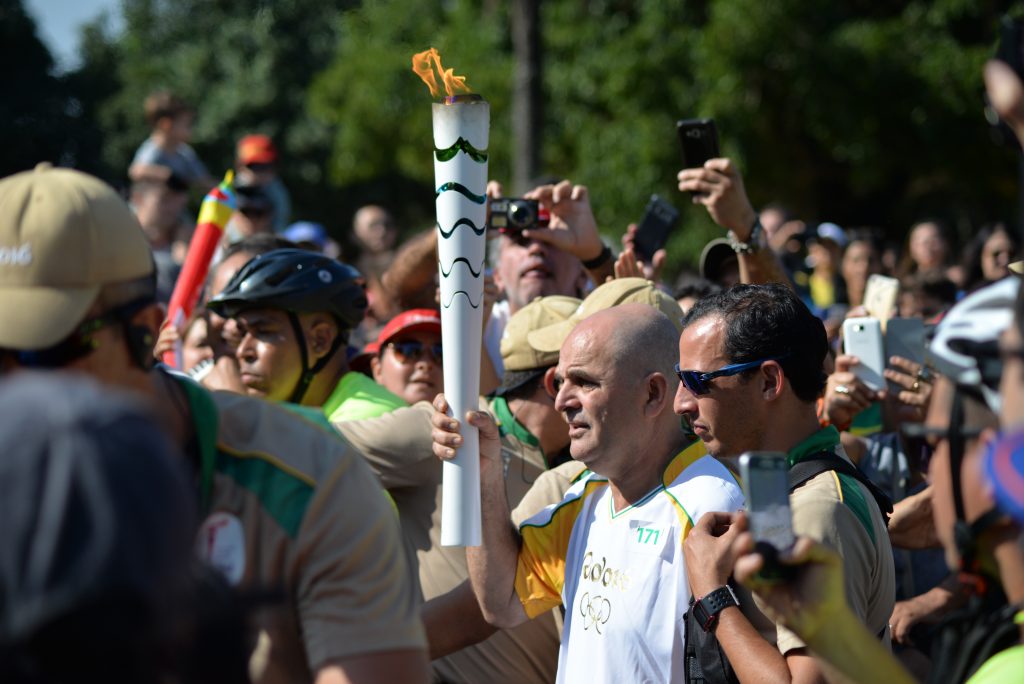

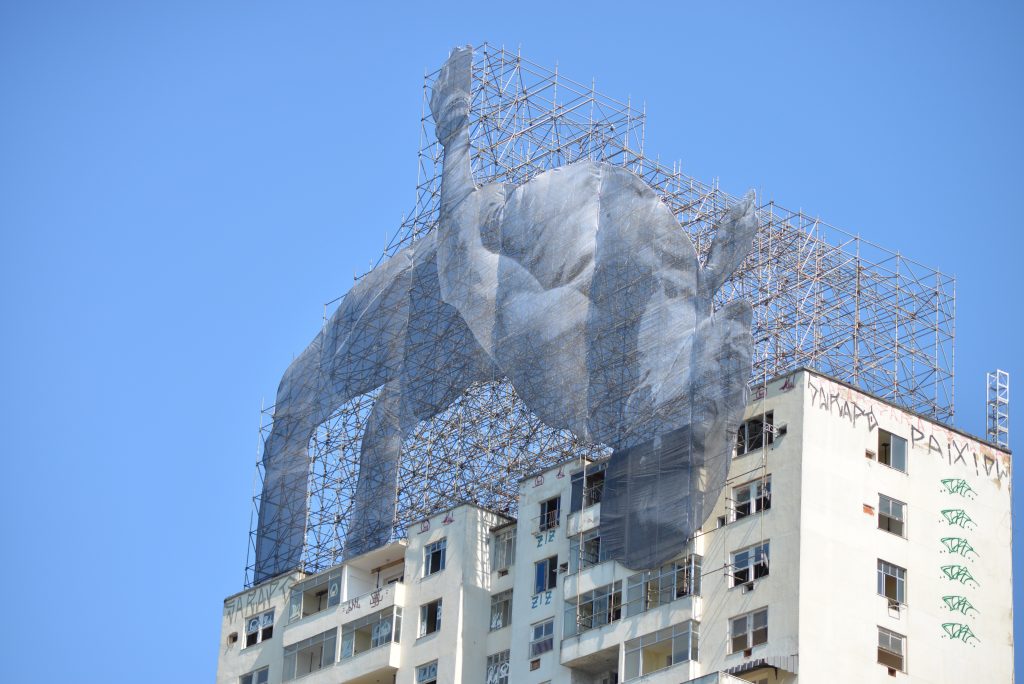
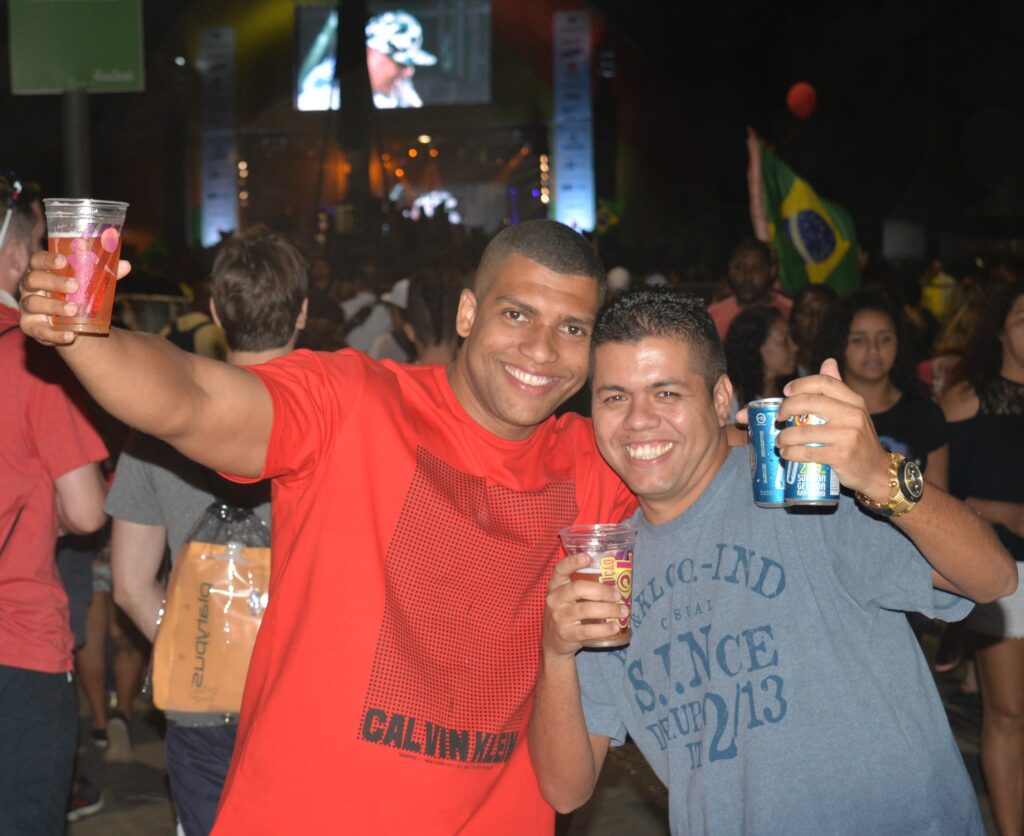
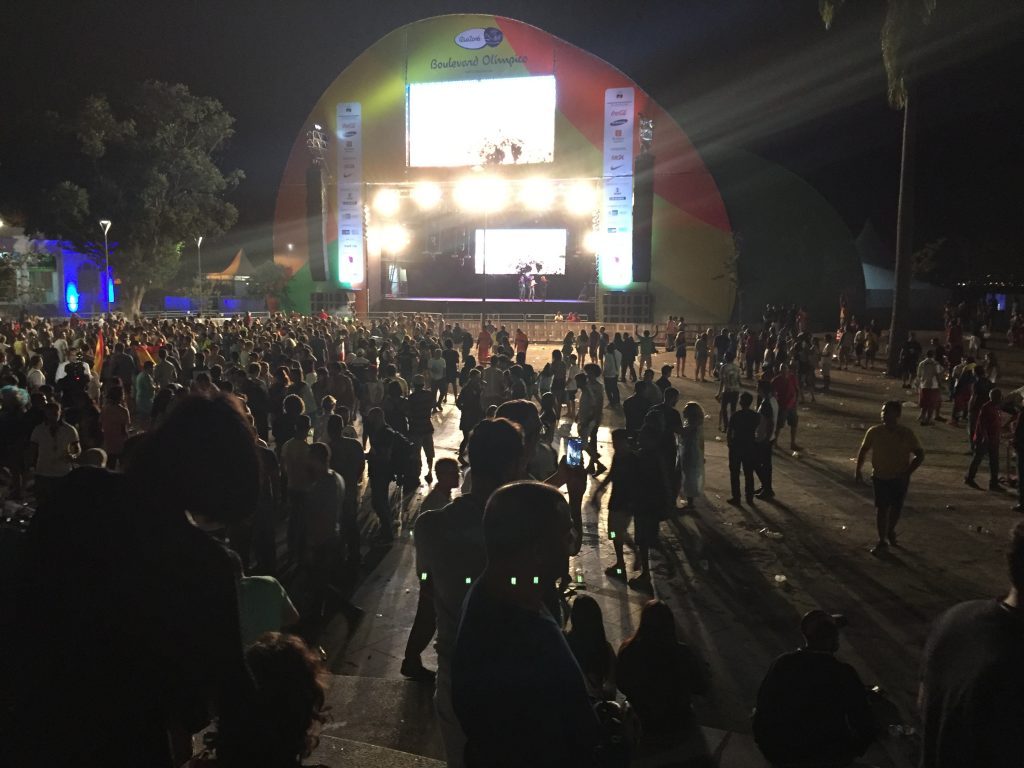
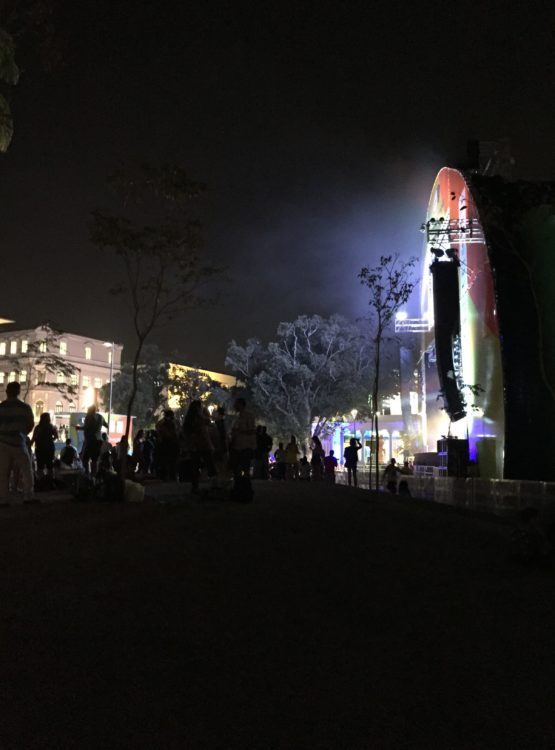
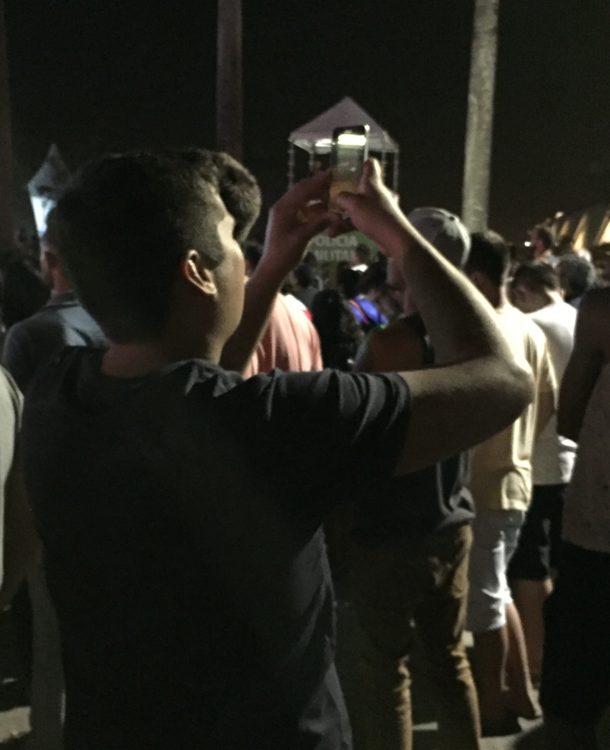
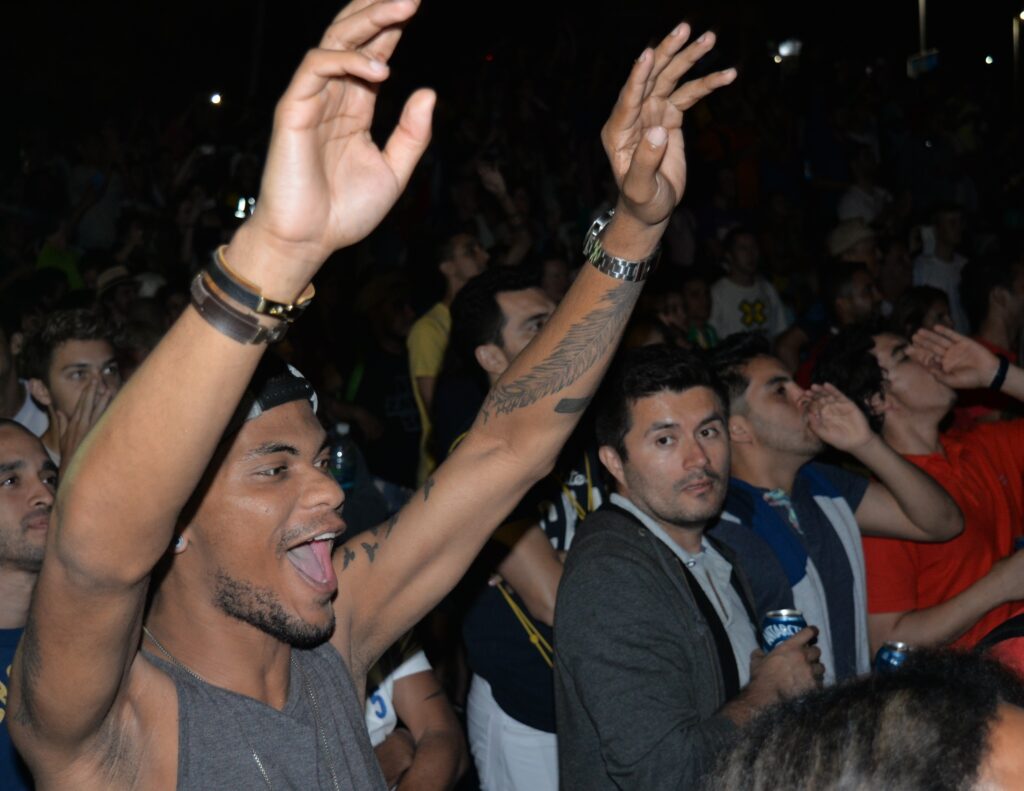
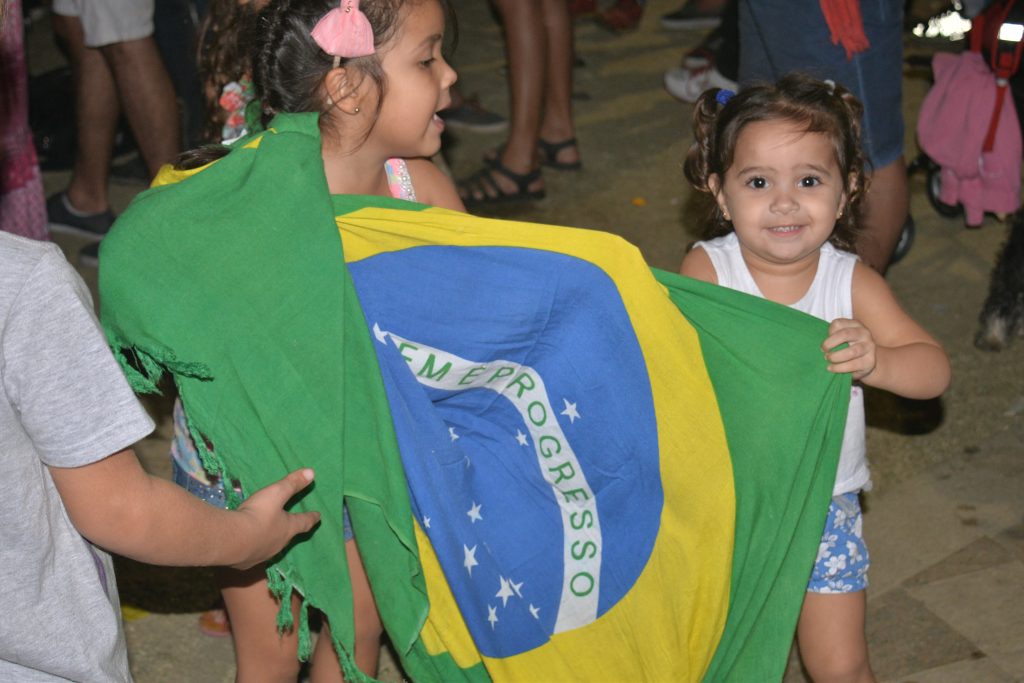
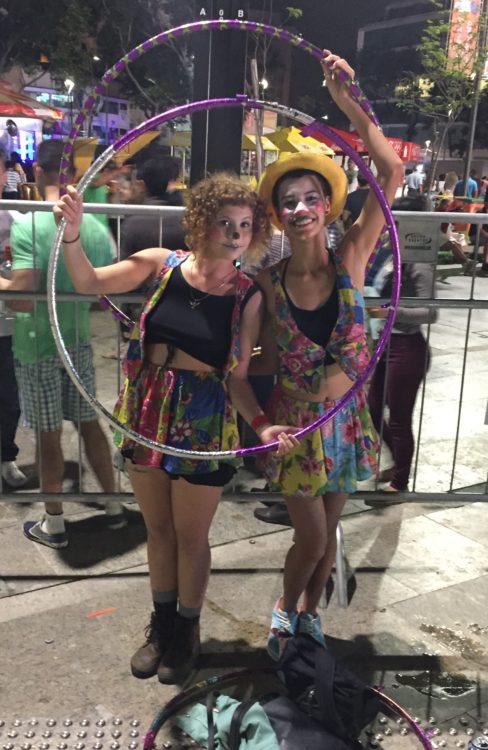
In the 1980s, anthropologist John J. MacAloon argued that the real power of the Olympic Games lies in the unscripted, celebratory street festivals that erupt in public spaces. Inside the Olympic venues, intense security and surveillance control the crowds. The sports themselves are highly regulated by rules of play and rigid ceremonies that mark their start and conclusion. But outside, the celebration is of a wilder, freer kind.
Anthropologists have long argued that such celebrations create a sense of shared humanity, but they’ve had little to say about watching these same celebrations on television. What can we learn from the communal experience of gathering around TVs to partake in the festivities?
Today, television broadcasts of the Olympics can reach 70 percent of the world’s population. People often gather in communal spots to take in such historic broadcasts, a tradition that communications scholars Daniel Dayan and Elihu Katz have called the “festive viewing of television.” Thanks to large-screen TVs, crowds of spectators can gather to watch live broadcasts of the ceremonies and the sports at “live sites” that Olympic host cities set up around town. And these sites themselves are in turn sparking more lively street festivals. In the 2006 book National Identity and Global Sports Events, MacAloon stated that live sites had changed his mind about television’s capacity to contribute to a festival mood.
On the evening of August 5, while the opening ceremony of the Rio Olympics was taking place inside Maracanã Stadium, we went to Praça Mauá, a square in the city’s port area that was redeveloped for the games. The square, one of the games’ three official live sites, features a stage framed by two giant screens broadcasting the events, and a third screen on the side running nonstop advertisements for Coca-Cola. It drew a youthful crowd, largely Brazilian, along with small, diverse groups of people from many other countries.
Niko Besnier’s research for this article was funded by the European Research Council. Susan Brownell’s research was funded by the College of Arts & Sciences and the Office of International Studies and Programs at the University of Missouri, St. Louis.


































